
Tommy Fleetwood held off a strong chasing pack, including World No.2 Rory McIlroy – who suffered an agonising three-putt from two feet on the 14th at Dubai Creek – to record his seventh DP World Tour title. Here, the Englishman shares some of his favourite tips...
1. Use A Compact Swing To Limit Errors

I’m definitely more consistent with my compact swing, but the feedback from each shot is also more beneficial to me. Why? Well, with fewer moving parts, there are fewer possible wrong answers when I’ve hit a bad shot. It makes it a lot easier to figure it out come the next one. With a big, loose, gangly swing, it could be one of seven or eight things that might have gone wrong, but with a compact action, it’s probably only one or two. You can actually then get better and build confidence from your bad shots – and you should do, too, because then you learn to understand and fix them.
2. Focus On Timing
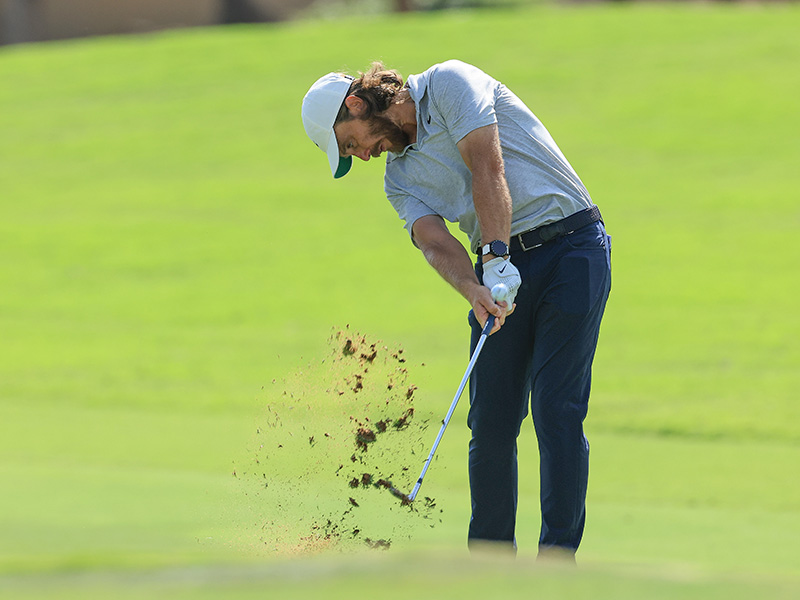
I’ve gripped down on the club for a long time and had a short swing, but I’ve never lost distance. I’m actually quite a long iron player. The golf swing is always about the correct timing as that’s where power ultimately lies, and getting the ball coming out of the bottom of the swing arc is what we’re looking for. If my striking goes off, I like to think of my spine as a centre. Think of a pole going through your body – the more you turn around your centre and the more consistently you stay on it, the more consistently you can find where the bottom of your swing arc is. You can hit fat or thin shots and learn from them. All you do is work your way towards that perfect strike from there. But having a strong centre is probably the number one priority.
3. 'Putt', Where Possible, Around The Greens
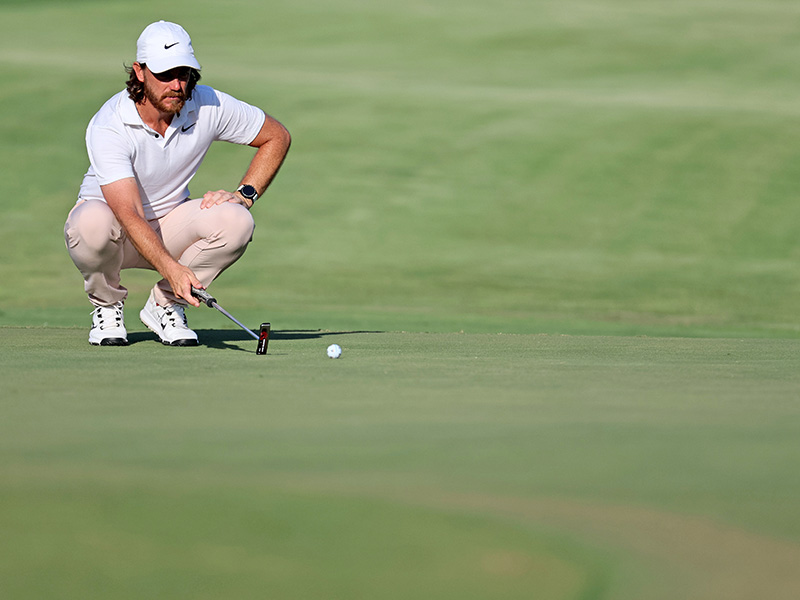
Everybody should have a go-to shot. I like to putt until it becomes impossible, and then carry on ‘putting’ but with some loft in my hands. So, using a putting stroke with a wedge, lob wedge, 9-iron or whatever would be my go-to shot. If you have that, no matter where you are, you can always hit ‘your’ shot somewhere where it’s not going to be a disaster, even if it’s not straight at the flag. It’s about fewer moving parts – there’s not much body movement when you’re putting and you can easily carry that on with a longer club. If there’s less going on, the club’s not doing one thing while you’re doing another! If everything works together, it’s a lot simpler to pick a shot, see a shot and feel a shot.
4. Don't be afraid to open the face
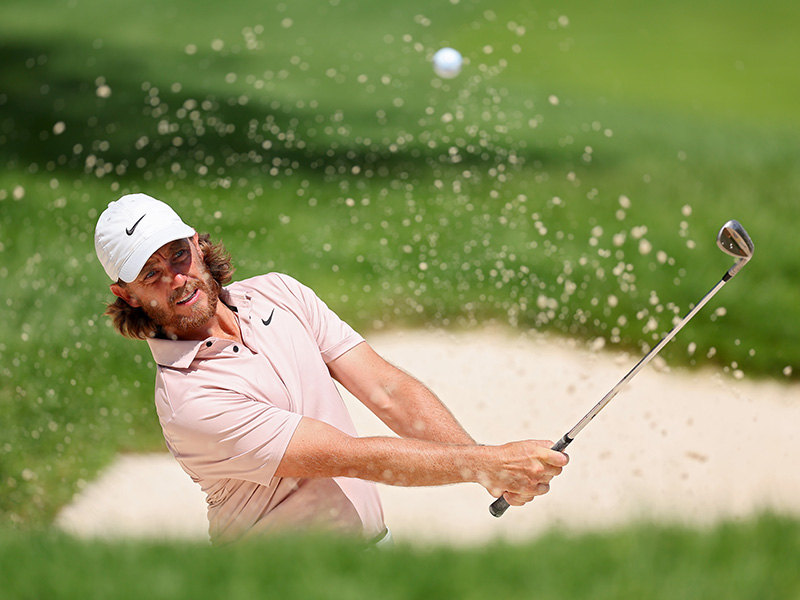
The most important thing is to understand what an open face is, because otherwise the sole’s bounce won’t work and it’s there to help you. I see it all the time – amateurs start with the face too square then attempt to open it by forward-pressing. The leading edge will never get through the sand like that. Weight on the left side is better than hanging back, but you don’t want it so far forward that you have a steep angle of attack – you’ll never get enough energy on the ball then, however hard you hammer the sand. I like the ball on my left heel and more weight on my left side than my right – but I don’t overdo it so I get too steep.
5. Perfect Your Pre-Round Preparation
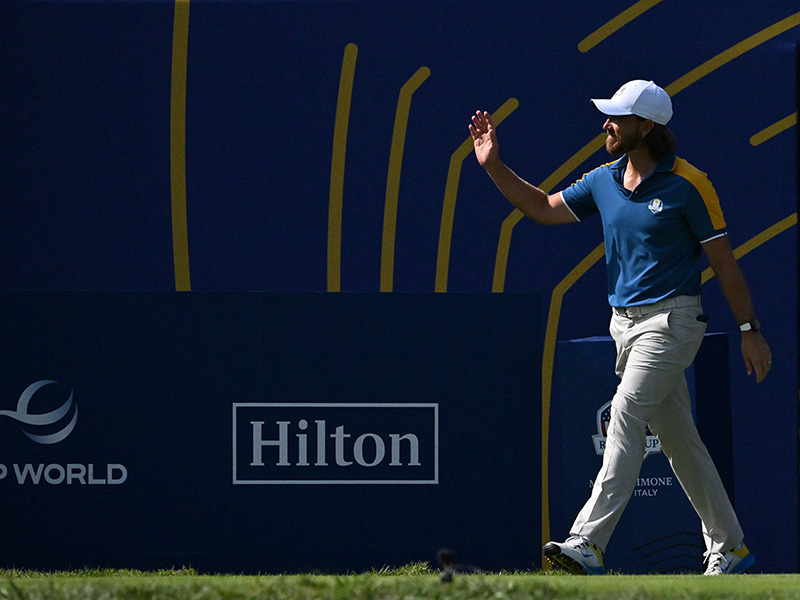
For me, giving myself enough time that I don’t feel rushed getting to the tee, but not so much time that I risk overthinking it, is important. Professional golfers always have a warm up and would never leave it too late and be rushing to the 1st tee, like your regular amateur might be!
But I think people can give themselves too long to warm up – they hit a few shots and are hitting it great, but with too much time they might end up overthinking things. Time management is very important.
Having the pace of the greens is also important. If you feel comfortable towards the far end of the hole, it takes the pressure off the rest of the hole – whether that’s feeling good about your chipping or feeling comfortable on the greens. I think that works its way through the rest of your game and can be a comfort before you tee off.
6. Use the five 'Ls'
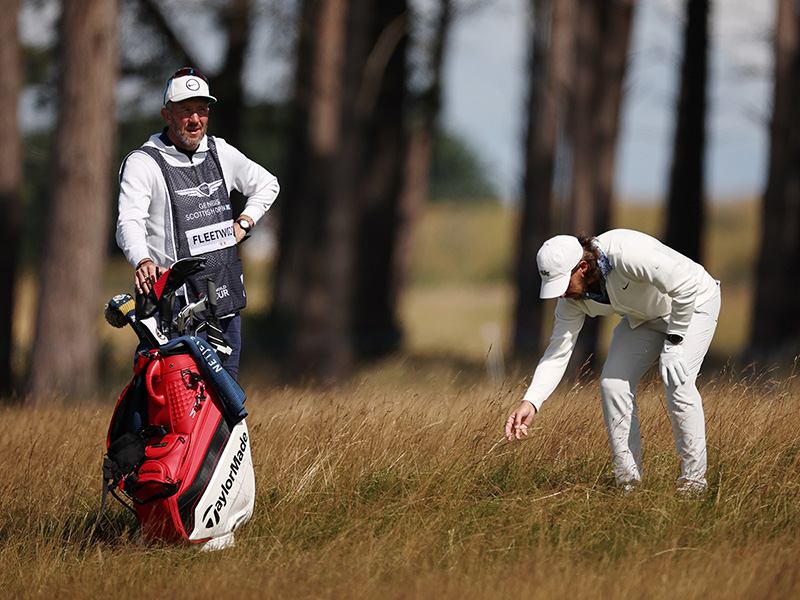
One thing my short-game coach, Graham Walker, always talks about is the five ‘Ls' – lie, look, land, loft and line.
You get to the ball and check the lie – is it good or bad? You look at the shot – what do you have? Is the pin just on or do you have loads of green to work with? Then where do you want to land it? And loft – what club do you want to use: 60˚, PW, 9-iron, 8-iron or whatever. Finally, line – read it like a putt.
That’s your five ‘L’s and that’s how you work out a short-game shot. They happen pretty quickly once you’ve practised it, and then you go in and play the shot.
7. Limit your swing thoughts

Many golfers ask "how many swing thoughts should I have?".
Some people would say none; I would say one or two. I play my best with probably one swing thought and always play better with a swing thought than without one.
I don’t think two is too many because you might have a takeaway thought and a follow-through thought. I don’t think that’s a bad thing. But any more than that is too much – it’s just impossible to concentrate on so many things. One is probably ideal, and I don’t think none is the way forward.
8. Pick Targets As Part Of Your Practice
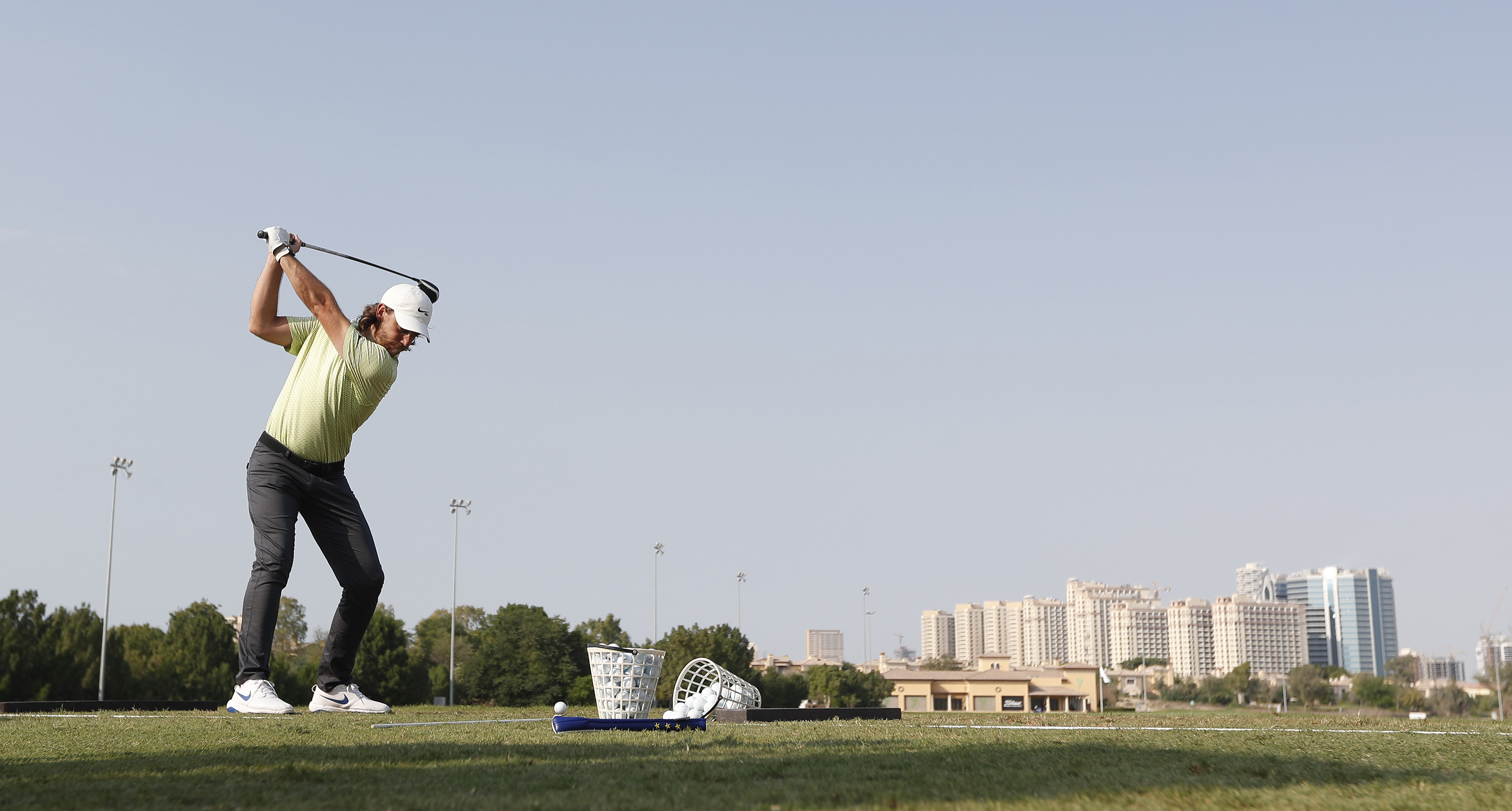
I think you should practise picking targets. If you’re hitting balls on the range, that could be one of the things you look at. For tee shots, for example, I always have an idea of what is 30 yards wide at 300 yards, so I can hit my driver and 3-wood and know if I’m hitting that fairway. If I am, I can then walk on to a tee and have a visual for it there.
I don’t mind having a ‘goal’ to hit into – I think it’s helpful to know what’s the furthest left and furthest right you can hit it, then work in from there.
If you want to clear your mind completely, I would say have one specific target in the distance, one swing thought and then go.
9. Find The Sweet Spot With Your Fairway Woods
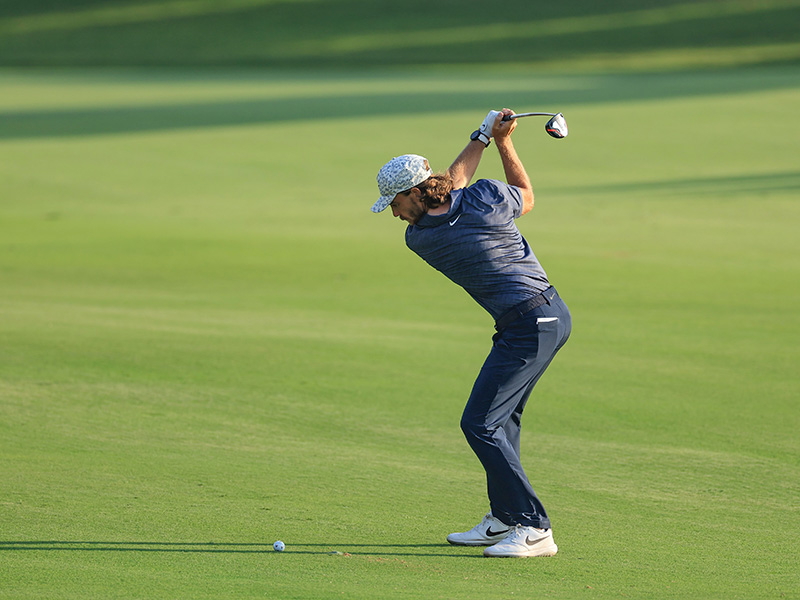
I would say the fairway woods are the transition between when you hit down with an iron and when you sweep up with a driver. It’s a sweet spot where it’s pretty neutral, but if anything, I would say I would always try to think of taking a divot with my practice swing.
If you really thought about it and got a feeling for what your swing is like with an iron and what it’s like with a driver, then your fairway woods are somewhere in the middle.
10. Maintain Wrist Angle To Create Lag
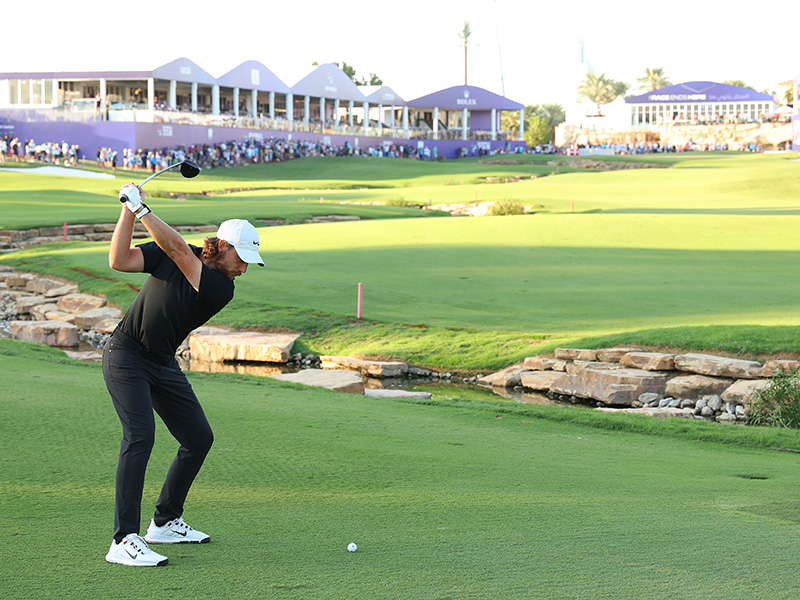
If you ever see a top golfer swing in slow-motion, you can see the lag. This is where halfway through the downswing the shaft is bent – it's almost like its lagging behind the rotation of your body. As the player releases the angle in the wrists through impact, the club head rips through the ball with extra speed.
If you see a player, someone like Rickie Fowler, who looks 'narrow' on the way down, that's usually because they have a lot of lag. The opposite of this is when you release the angle in your wrists too early, known as casting, which really costs you speed.
You want to maintain the angle in your wrists for as long as possible to get lag. Drag your arms down from the top as your body starts to rotate back towards the target. Imagine you are holding a rope at the top of your backswing, and just pull it straight down.







